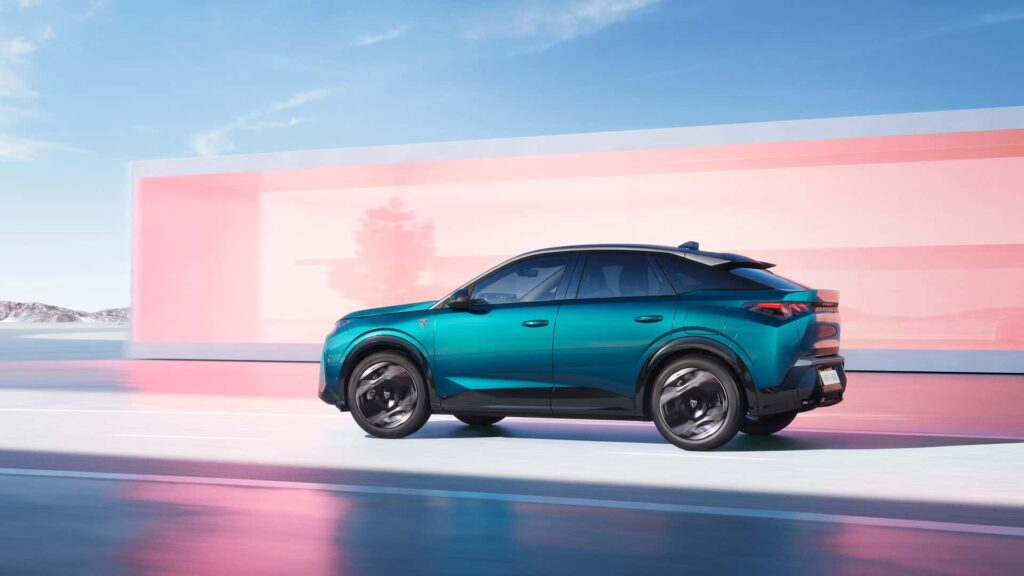Stellantis recently conducted a test on the Peugeot E-3008, an electric crossover with a WLTP range of 435 miles, to showcase its long-distance capabilities. The test involved driving the vehicle at highway speeds from Paris to Nice, covering a distance of 580 miles. Despite the challenging conditions, the Peugeot E-3008 only required two charging stops to complete the journey.
The first charging stop was made after covering 211 miles, with an average energy consumption of 2.6 miles/kWh. The second stop occurred after 227 miles, with an energy consumption of 3.34 miles/kWh. The final leg of the journey, spanning 143 miles, had an energy consumption of 3.07 miles/kWh. While specific details about the charging process and total trip duration were not disclosed, the efficiency and range of the vehicle were commendable.
The STLA Medium platform, on which the Peugeot E-3008 is built, is designed to enable vehicles to travel up to 435 miles on a single charge. This aligns with the manufacturer’s claim for the vehicle, equipped with a 98-kilowatt-hour battery pack. The platform also offers impressive efficiency, with a claimed electricity consumption of 4.4 miles/kWh based on the WLTP standard.
Ned Curic, Chief Engineering and Technology Officer at Stellantis, emphasized the platform’s long-range capabilities, stating that it allows for extended trips with fewer charging stops while maintaining performance and efficiency. The platform is not exclusive to the Peugeot E-3008 but also underpins other models like the Peugeot E-5008 and the Opel Grandland, with plans to introduce five more models by 2026.
Despite the unlikelihood of electric Peugeots entering the U.S. market, the STLA Medium platform is expected to power future Chrysler and Jeep vehicles. This strategic move by Stellantis reflects its commitment to innovation and sustainability in the automotive industry. Overall, the successful long-distance test of the Peugeot E-3008 highlights the potential of electric vehicles to offer practical and efficient solutions for modern transportation needs.

